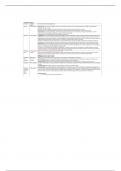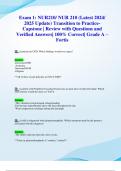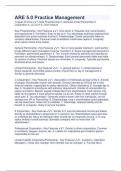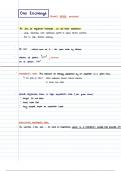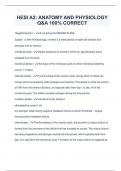Other
NURS 325 Common Laboratory Tests
- Course
- NURS 325
- Institution
- Virginia Commonwealth University
This document contains common laboratory tests;basic. Metabolic panel and blood cell count tests for Nurs 325. *Essential!! *Vital resource for effective study!! *For you, at a price that's fair enough!!
[Show more]
